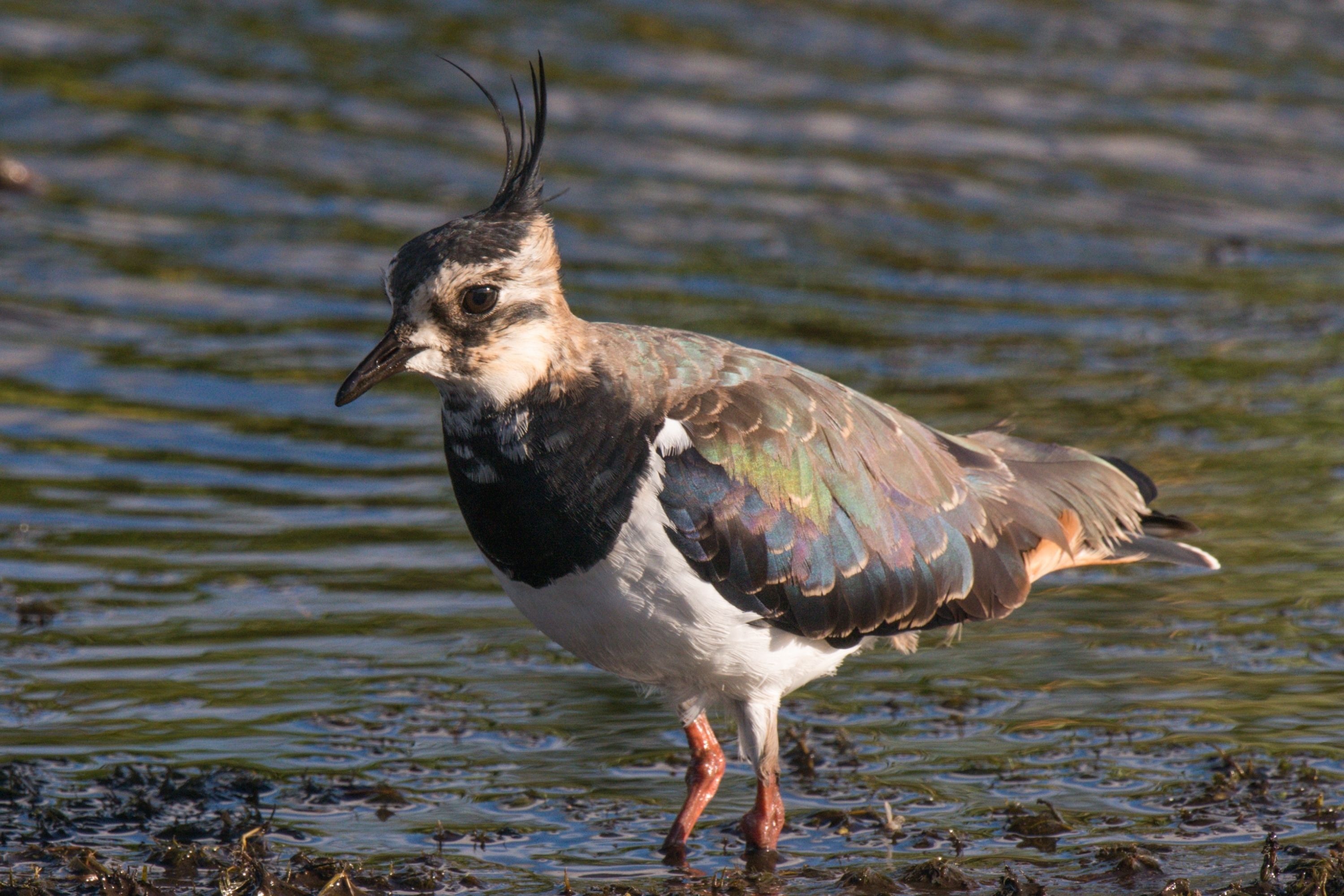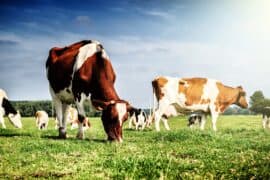Northern lapwing
(Vanellus vanellus)

Description
The northern lapwing (Vanellus vanellus), also known as the peewit or pewit, tuit or tew-it, green plover, or (in Ireland and Britain) pyewipe or just lapwing, is a bird in the lapwing subfamily. It is common through temperate Eurosiberia. It is highly migratory over most of its extensive range, wintering further south as far as North Africa, northern India, Nepal, Bhutan and parts of China. It migrates mainly by day, often in large flocks. Lowland breeders in westernmost areas of Europe are resident. It occasionally is a vagrant to North America, especially after storms, as in the Canadian sightings after storms in December 1927 and in January 1966. It is a wader that breeds on cultivated land and other short vegetation habitats. 3-4 eggs are laid in a ground scrape. The nest and young are defended noisily and aggressively against all intruders, up to and including horses and cattle. In winter, it forms huge flocks on open land, particularly arable land and mud-flats. The northern lapwing is a 28–33 cm (11–13 in) long bird with a 67–87 cm (26–34 in) wingspan and a body mass of 128–330 g (4.5–11.6 oz). It has rounded wings and a crest. It is also the shortest-legged of the lapwings. It is mainly black and white, but the back is tinted green. The male has a long crest and a black crown, throat and breast contrasting with an otherwise white face. Females and young birds have shorter crests, and have less strongly marked heads, but plumages are otherwise quite similar. This is a vocal bird in the breeding season, with constant calling as the crazed tumbling display flight is performed by the male. The typical contact call is a loud, shrill "pee-wit" from which they get their other name of peewit. Displaying males usually make a wheezy "pee-wit, wit wit, eeze wit" during their display flight; these birds also make squeaking or mewing sounds. It feeds primarily on insects and other small invertebrates. This species often feeds in mixed flocks with golden plovers and black-headed gulls, the latter often robbing the two plovers, but providing a degree of protection against predators. Like the golden plovers, this species prefers to feed at night when there is moonlight. The northern lapwing is one of the species to which the Agreement on the Conservation of African-Eurasian Migratory Waterbirds (AEWA) applies.
Taxonomic tree:







